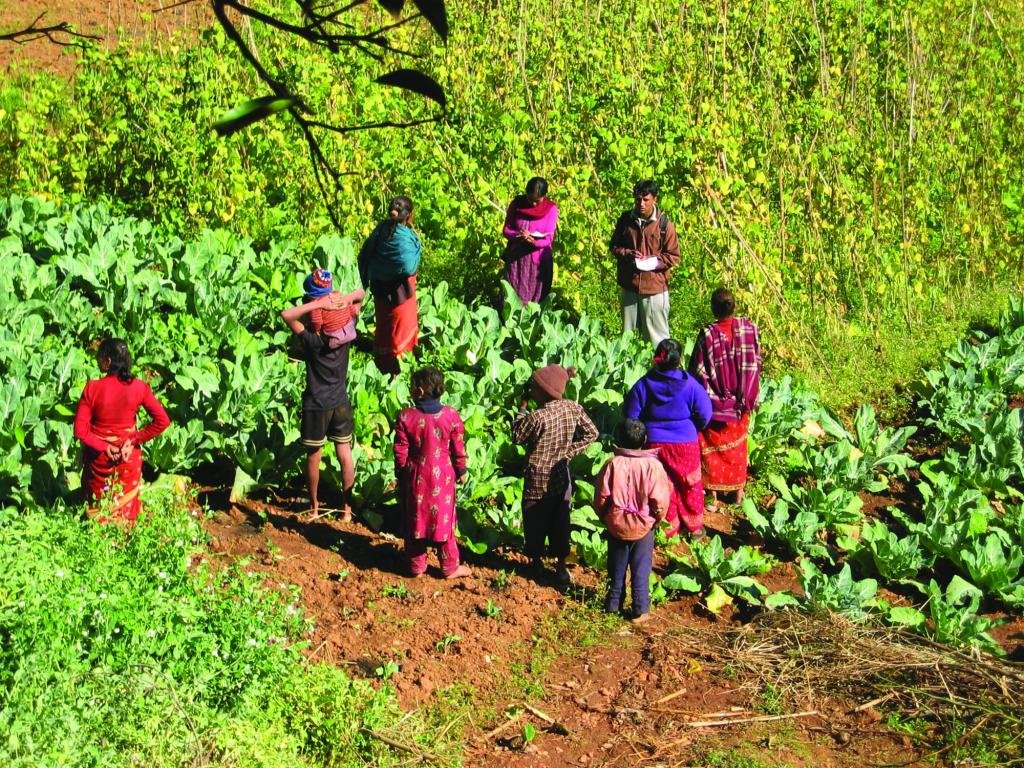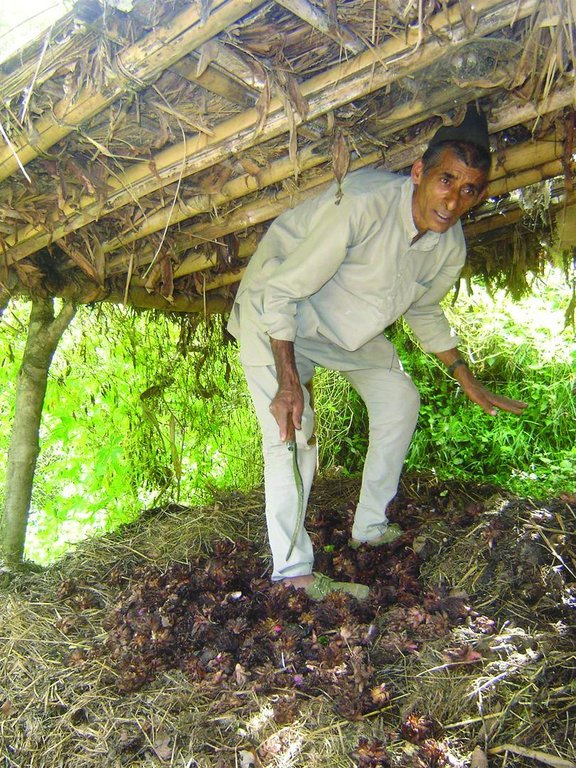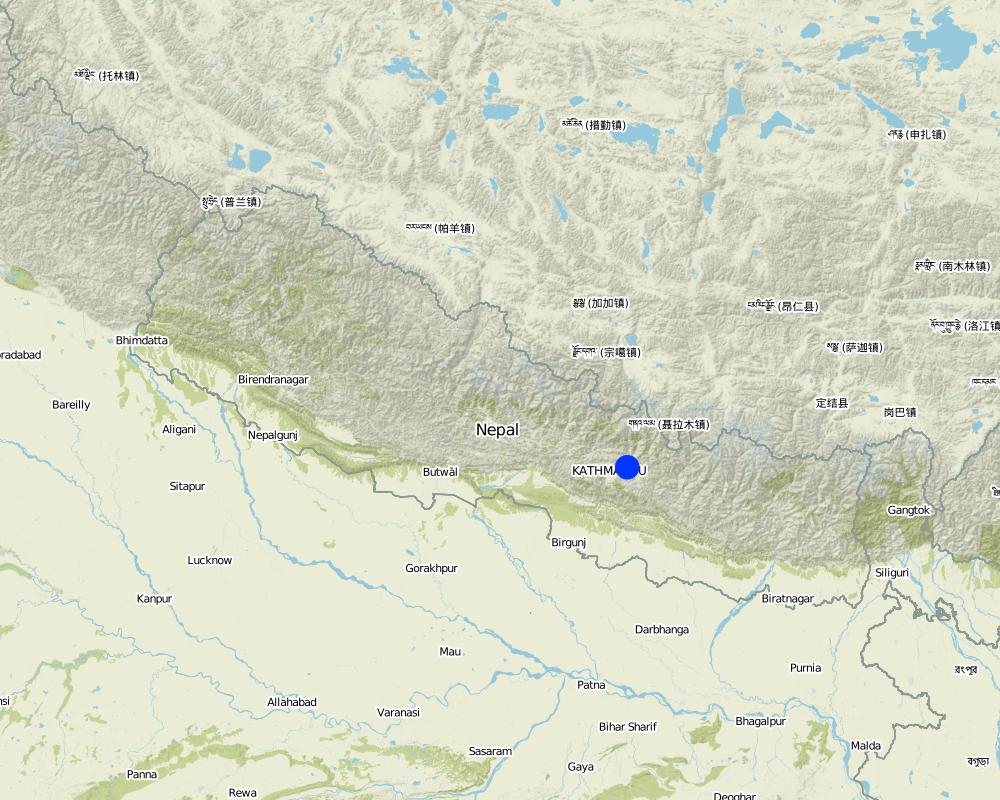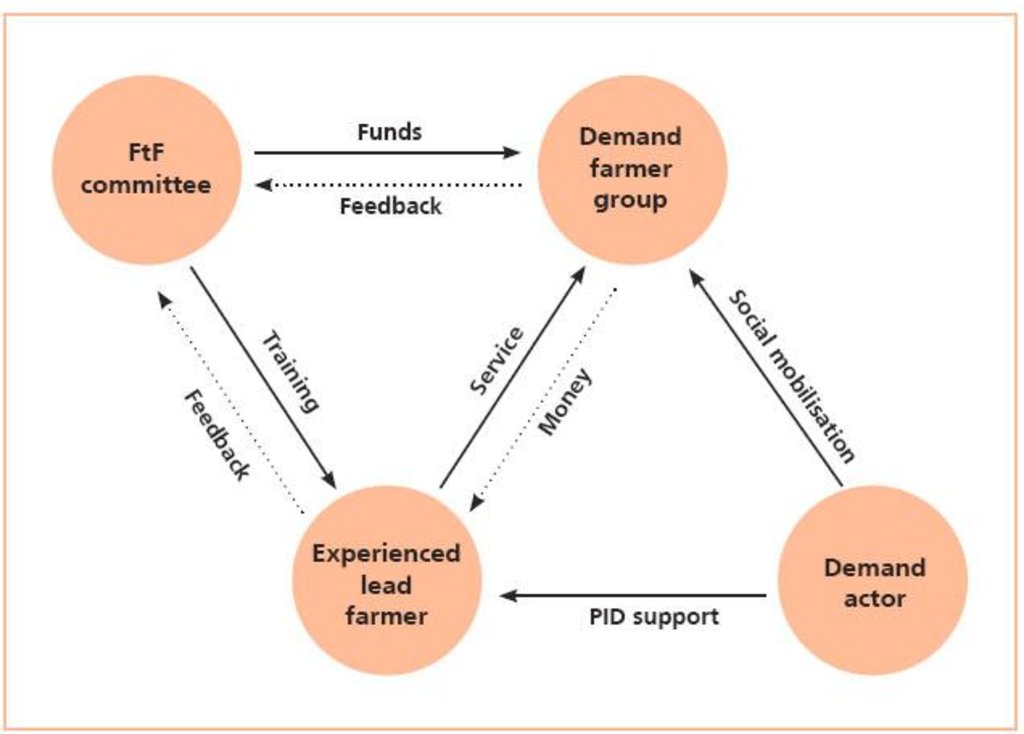Farmer-to-farmer diffusion [ប្រទេសនេប៉ាល់]
- ការបង្កើត៖
- បច្ចុប្បន្នភាព
- អ្នកចងក្រង៖ Richard Allen
- អ្នកកែសម្រួល៖ –
- អ្នកត្រួតពិនិត្យ Laura Ebneter
Kisan-kisan krishi prasar (Nepali)
approaches_2558 - ប្រទេសនេប៉ាល់
1. ព័ត៌មានទូទៅ
2. ការពណ៌នាអំពីវិធីសាស្ត្រផ្សព្វផ្សាយ SLM
3. ការចូលរួម និងតួនាទីរបស់ភាគីពាក់ព័ន្ធ
4. ជំនួយបច្ចេកទេស ការកសាងសមត្ថភាព និងការគ្រប់គ្រងចំណេះដឹង
5. ថវិកា និងសម្ភារៈឧបត្ថម្ភពីខាងក្រៅ
6. ការវិភាគរកផលប៉ះពាល់ និងសេចក្តីសន្និដ្ឋាន
7. ឯកសារយោង និងវេបសាយ
ការតភ្ជាប់ និងម៉ូឌុល
បង្រួមទាំងអស់ការតភ្ជាប់
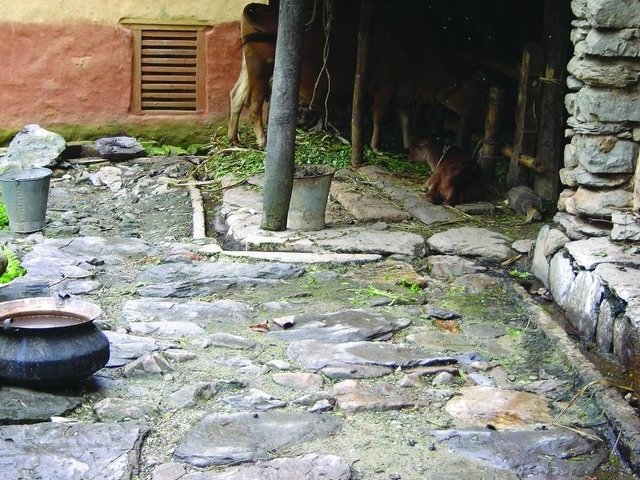
Improved cattleshed for urine collection [ប្រទេសនេប៉ាល់]
Collection of cattle urine in improved cattle sheds for use as liquid manure and organic pesticide
- អ្នកចងក្រង៖ Richard Allen
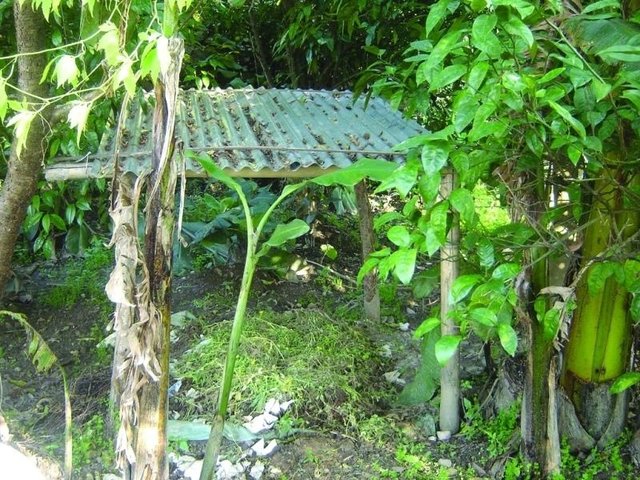
Improved compost preparation [ប្រទេសនេប៉ាល់]
Improved compost preparation using a range of biomass and waste to produce high value fertiliser
- អ្នកចងក្រង៖ Richard Allen
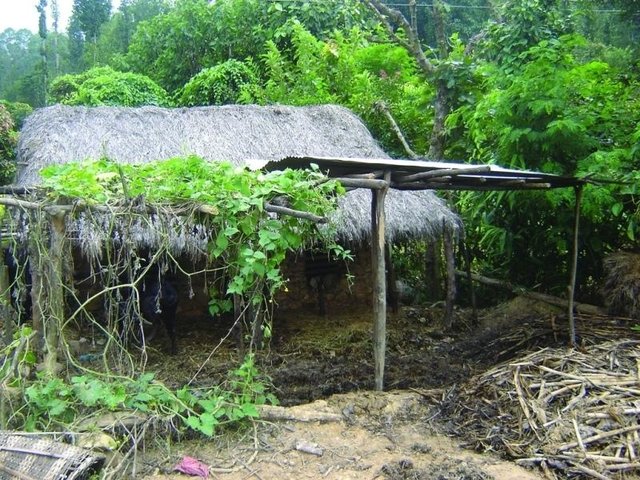
Improved farmyard manure through sunlight, rain and runoff … [ប្រទេសនេប៉ាល់]
Improving farmyard manure by protecting it from direct sunlight, rainfall, and runoff to reduce volatilisation and leaching
- អ្នកចងក្រង៖ Richard Allen
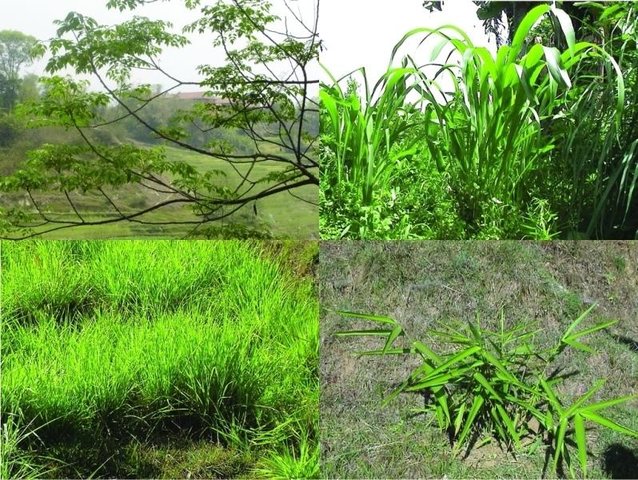
Cultivation of fodder and grasses [ប្រទេសនេប៉ាល់]
Cultivation of fodder crops on marginal lands and terrace risers
- អ្នកចងក្រង៖ Richard Allen
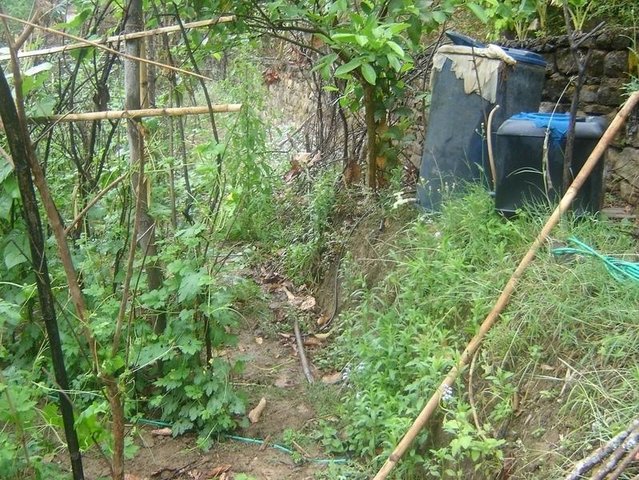
Urine application through drip irrigation for bitter gourd … [ប្រទេសនេប៉ាល់]
Application of cattle urine through drip irrigation technology to provide constant flow of fertiliser to bitter gourd
- អ្នកចងក្រង៖ Richard Allen
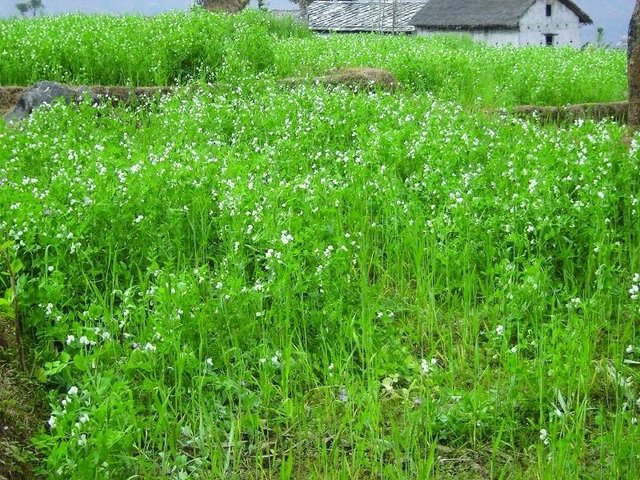
Legume integration [ប្រទេសនេប៉ាល់]
Integration of leguminous crops as intercrops on terrace risers or as relay crops
- អ្នកចងក្រង៖ Richard Allen
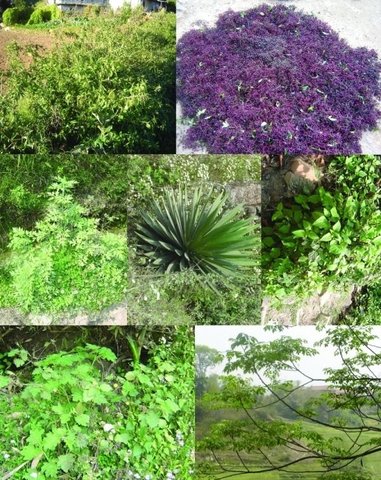
Organic pest management [ប្រទេសនេប៉ាល់]
Promotion of botanical pesticides for organic pest management and liquid manure
- អ្នកចងក្រង៖ Richard Allen
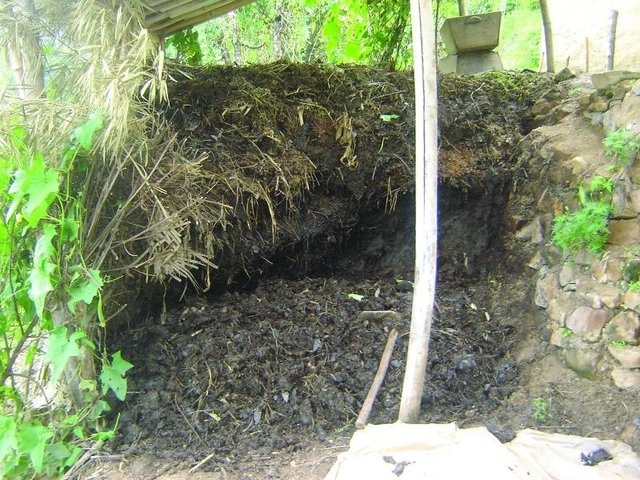
Better quality farmyard manure through improved decomposition [ប្រទេសនេប៉ាល់]
Collection and proper storage of farmyard manure in heaps or pits
- អ្នកចងក្រង៖ Richard Allen
ម៉ូឌុល
គ្មានម៉ូឌុល



